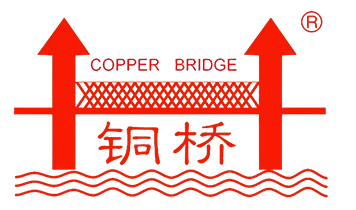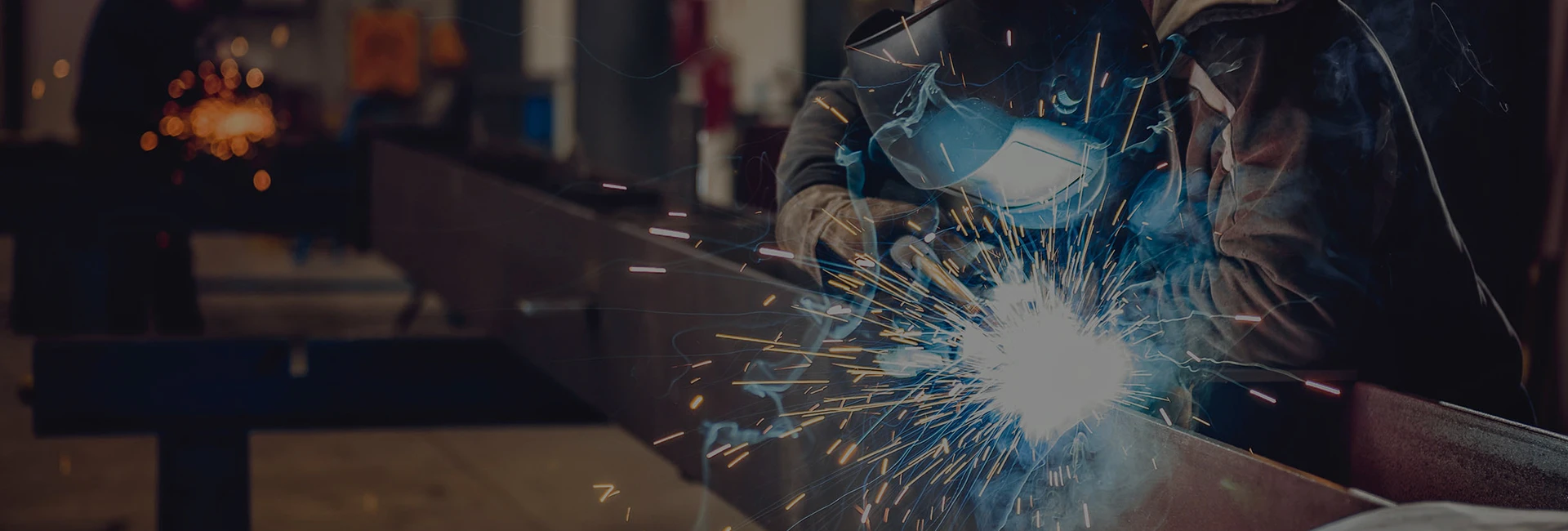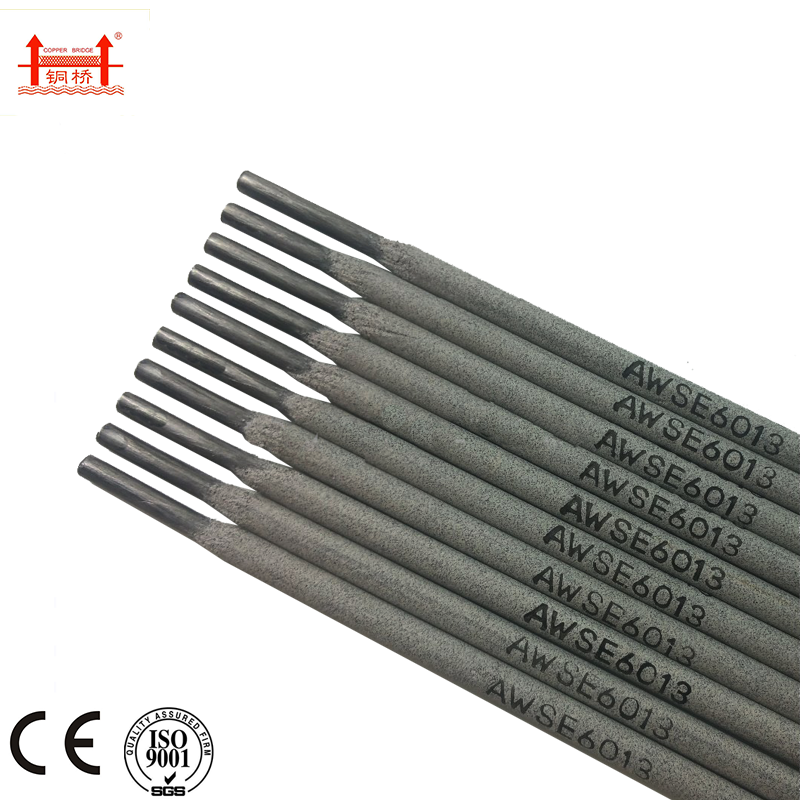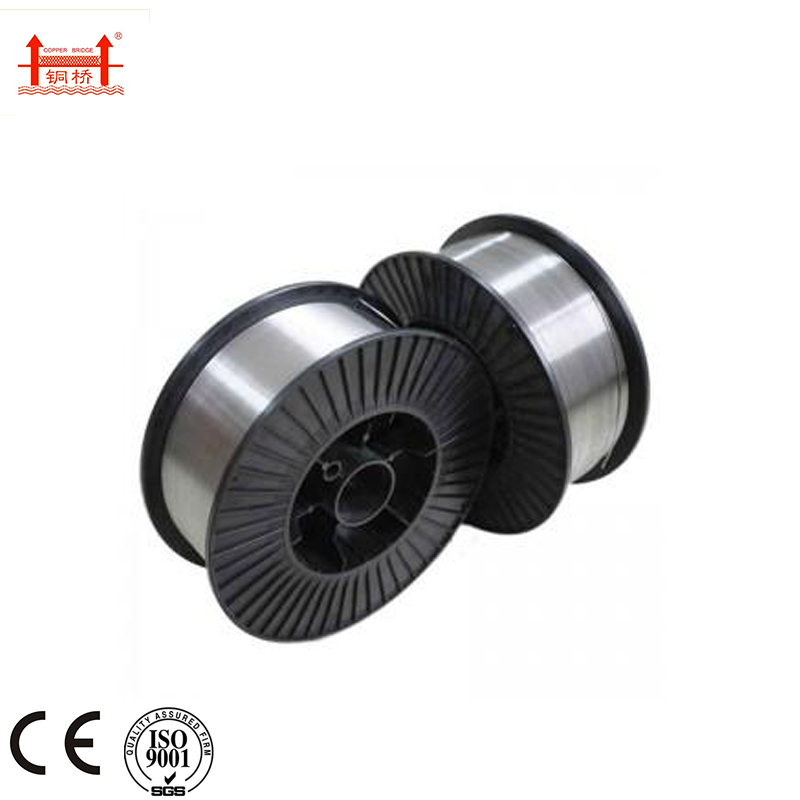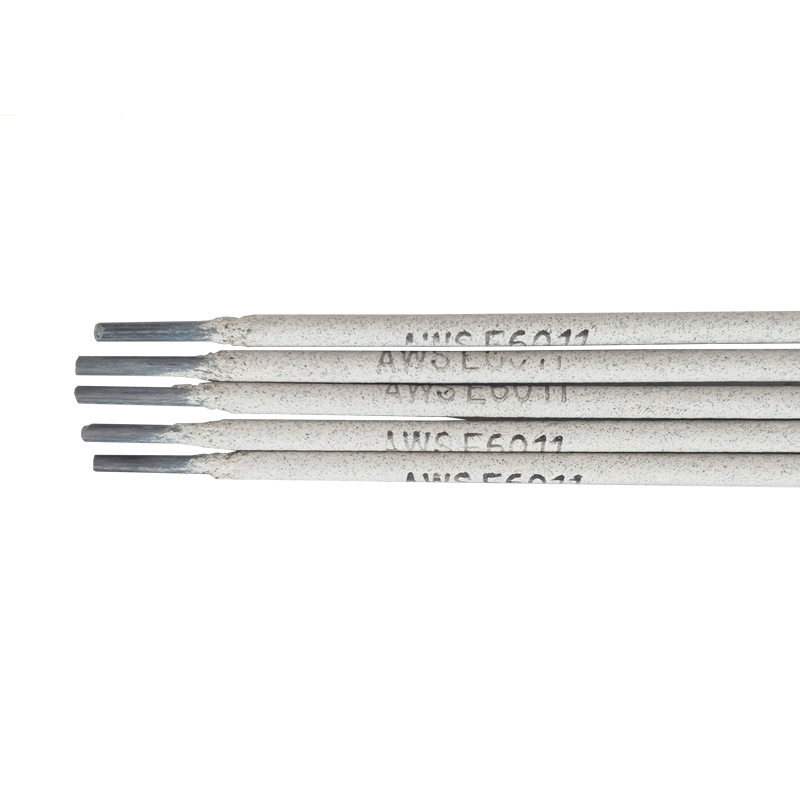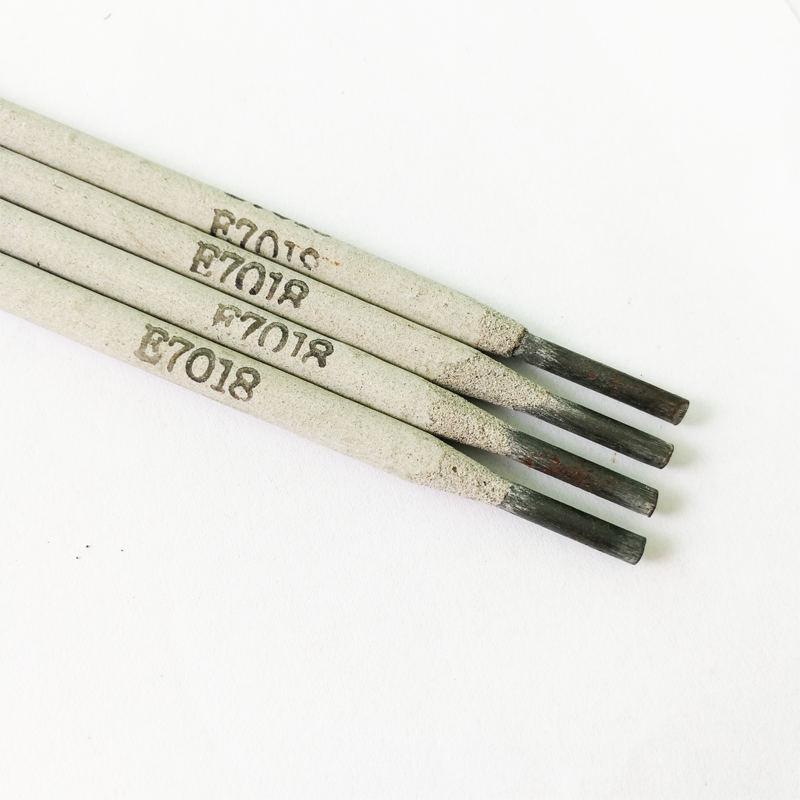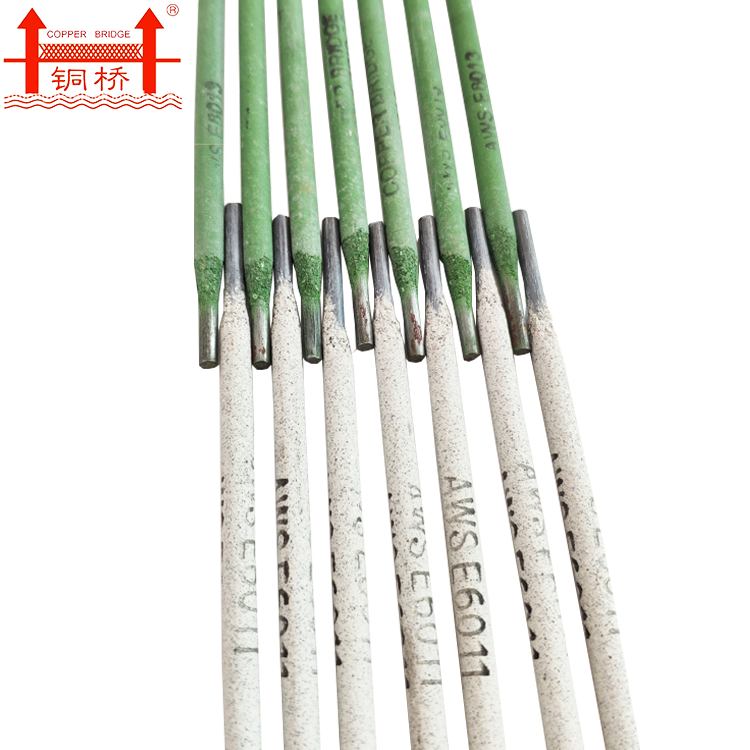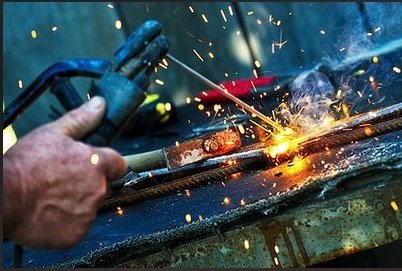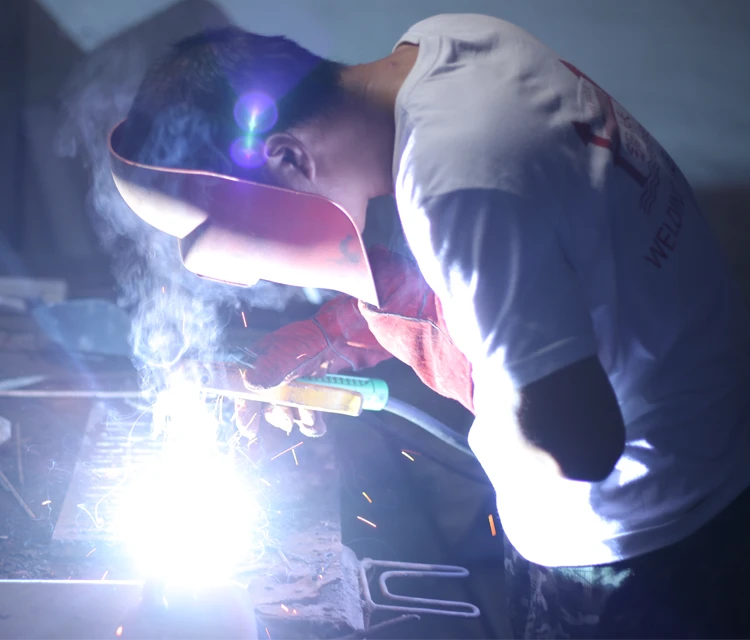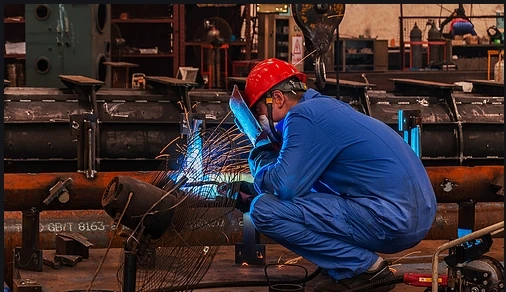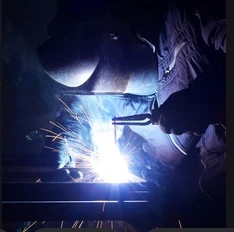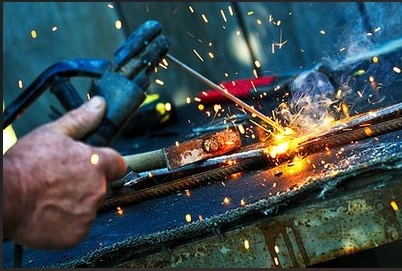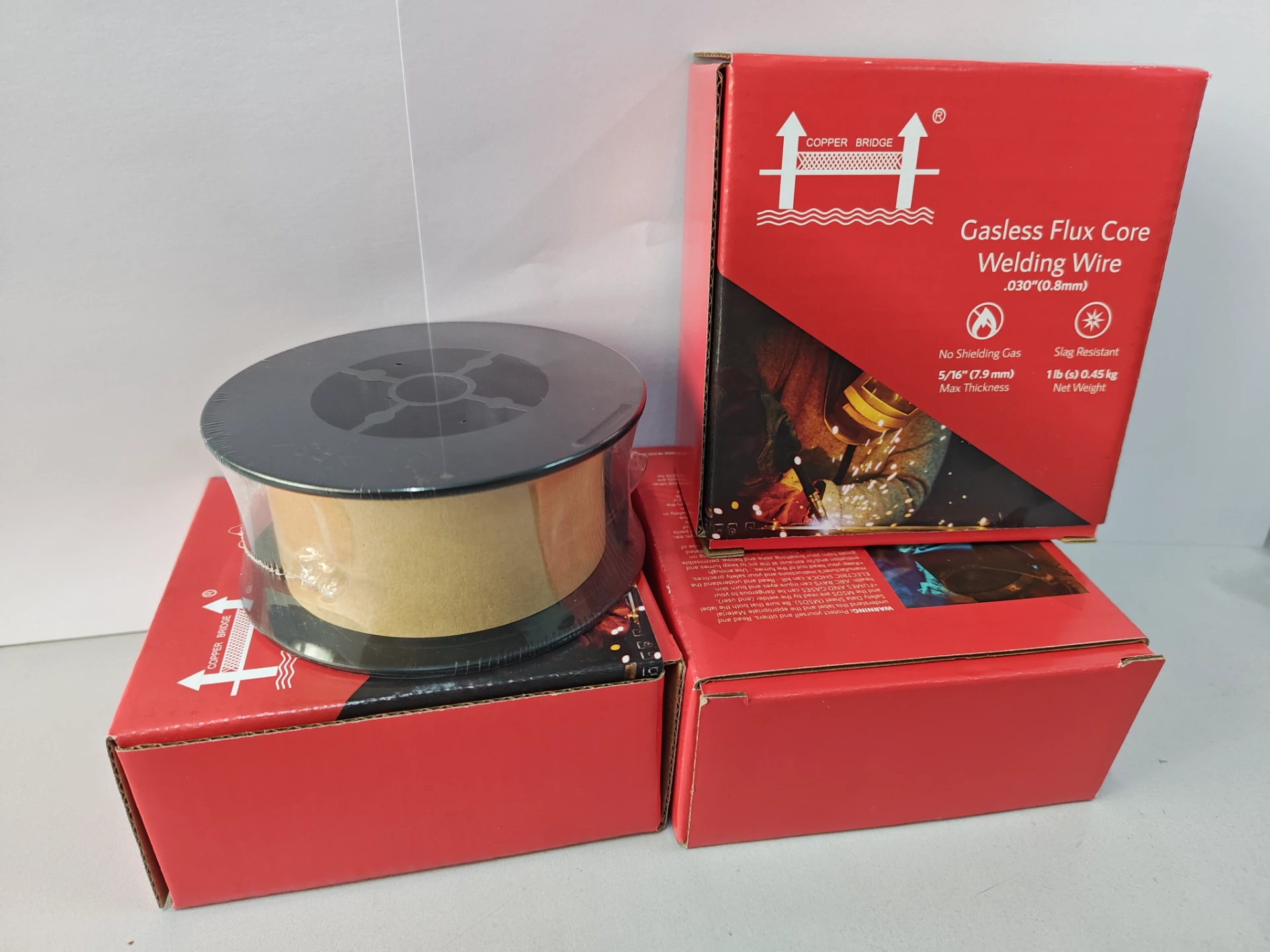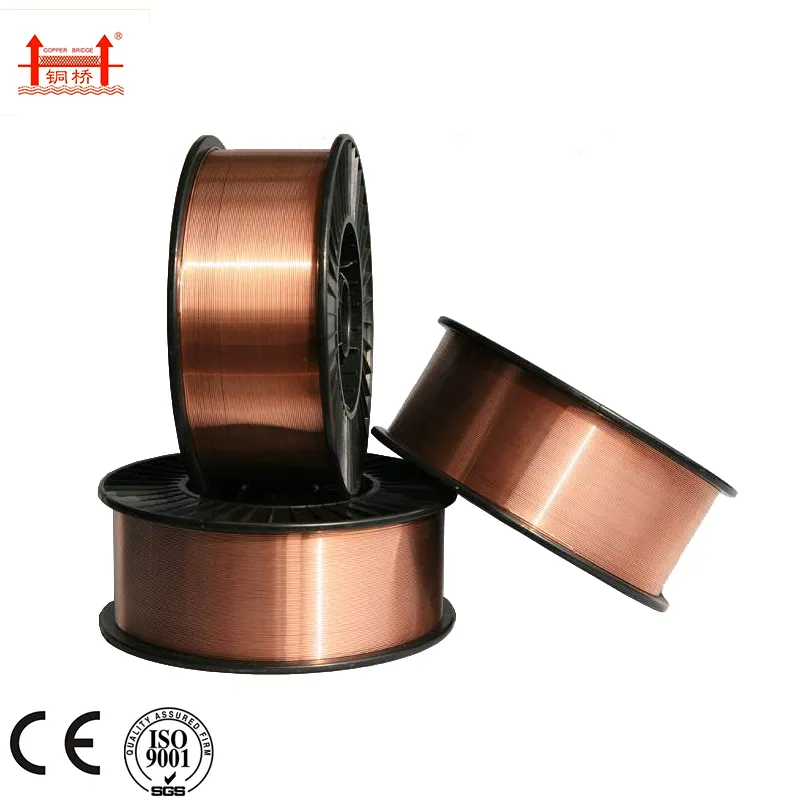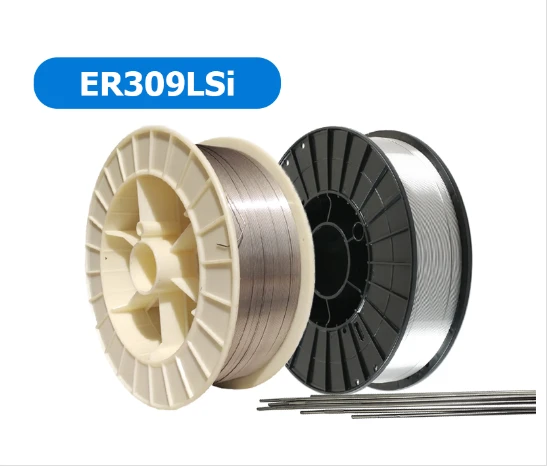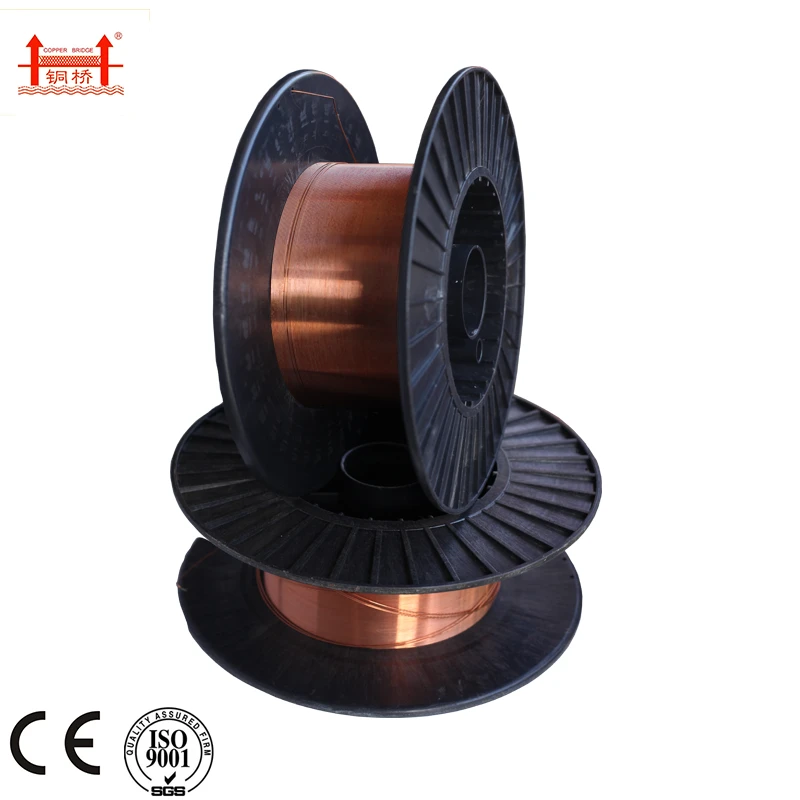Welding Rod List & Best Welding Rod Price List - Top Welding Electrode Price List Guide
Jul . 05, 2025 04:12
- Introduction to the Welding Rod List and Market Overview
- Key Technical Advantages of Modern Welding Rods
- Manufacturer Comparison: Performance & Price Benchmark
- Understanding Welding Rod Price List and Influencing Factors
- Custom Welding Rod Solutions for Specialized Applications
- Application Cases Across Diverse Industries
- Conclusion: Making the Most of the Welding Rod List for Optimal Results
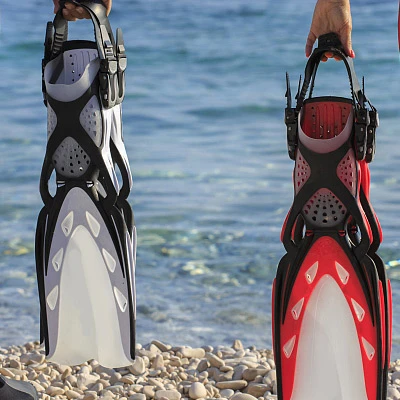
(welding rod list)
Introduction to the Welding Rod List: Insights and Global Market Overview
The welding rod market is experiencing a surge in demand, driven by infrastructure expansion, industrial automation, and precision manufacturing. A comprehensive welding rod list
allows professionals to navigate a vast selection of electrodes—each catering to different materials, techniques, and operating environments. According to the latest industry reports, the global welding materials market, including rods and electrodes, was valued at approximately $14.7 billion in 2022 and is projected to exceed $19 billion by 2028, expanding at a CAGR of 4.8%. The variety spans from standard E6013 mild steel rods to high-performance stainless and specialty alloy electrodes, each featuring distinct flux coatings and dimensional profiles. This growth is underpinned by increased spending in shipbuilding, heavy machinery, and energy production, where reliable welding solutions ensure structural integrity and operational safety.
Technical Advantages of Today’s Welding Rods
Modern welding rods have evolved significantly through material science and engineering innovations. Advanced rods feature controlled chemical compositions for enhanced tensile strength, improved ductility, and consistent arc stability. Low-hydrogen electrodes such as E7018 deliver exceptional crack resistance, making them indispensable for critical structural applications. Cellulosic rods, such as E6010, enable deep penetration for pipeline construction and repair, serving as the industry standard in oil and gas projects. Automation-ready coated rods minimize spatter generation, streamline slag removal, and enable high deposition rates. Furthermore, innovative hybrid coatings cater to both alternating and direct current (AC/DC) power sources, increasing adaptability for field and workshop environments. The adoption of environmentally focused compounds reduces hazardous emissions, aligning products with increasingly stringent global safety and sustainability regulations.
Manufacturer Comparison: Performance & Price Benchmark
Selecting the right supplier is crucial to achieving cost-effectiveness and optimum weld quality. Leading manufacturers have developed distinct offerings shaped by proprietary metallurgy and advanced production. Below is a data-driven comparison of global brands, focusing on key types, performance, and pricing (indicative values, subject to market changes):
| Brand | Popular Model | Tensile Strength (MPa) | Coating Type | Typical Applications | Average Price/Box (USD) |
|---|---|---|---|---|---|
| Lincoln Electric | E7018 | 490 | Low-Hydrogen | Structural Steel, Bridges | 40 |
| ESAB | OK 46.00 (E6013) | 430 | Rutile | General Fabrication | 35 |
| Bohler | FOX EV 50 | 500 | Basic-Coated | Pressure Vessels | 47 |
| Ador Fontech | E6010 | 430 | Cellulosic | Pipeline Welding | 33 |
This comparison highlights the price competitiveness and performance profiles across the sector, reflecting data from recent procurement cycles and verified industry sources.
Understanding the Welding Rod Price List and Influencing Factors
The welding rod price list is shaped by material grade, manufacturing technology, coating complexity, and distribution logistics. For instance, common carbon steel rods (such as E6013 or E7018) typically retail between $30–$45 per box (5kg), while premium alloyed stainless electrodes can exceed $70 per box due to high nickel or chromium content. Bulk orders, regional supply chain efficiencies, and innovative production techniques (such as flux extrusion or thermal bonding) further influence unit costs. Data from the American Welding Society suggests that electrode raw material costs have fluctuated by 11% in the last five years, reflecting both resource scarcity and advances in recycling. Additionally, regional tariffs and post-pandemic logistical challenges can contribute to price volatility, making it essential for procurement officers and end-users to consult updated welding electrode price lists before finalizing contracts.
Custom Welding Rod Solutions for Specialized Applications
As industrial processes diversify, demand for tailored welding rod solutions grows. Custom formulations can address specific metallurgical challenges, such as welding dissimilar metals, meeting corrosion resistance requirements, or optimizing thermal conductivity for high-performance sectors. Major suppliers offer development services, collaborating with engineers to specify core wire alloys, flux elements, and surface treatments. For instance, aerospace-grade rods may incorporate proprietary nickel or cobalt blends and meet ASTM or AWS standards for fatigue resistance. Meanwhile, nuclear facility welds require ultra-low impurity electrodes and stringent batch certifications. The rise of laser and hybrid welding systems has also inspired the integration of fine-tuned flux chemistry and micro-alloying. These bespoke rods are typically produced in limited runs, often commanding a 25–40% price premium over catalog products, but yield significant process optimization and lifecycle benefits in demanding environments.
Application Cases Across Diverse Industries
Practical deployment of specialized and standard welding rods underpins progress in sectors ranging from construction to advanced manufacturing:
- Shipbuilding: Bulk E7018 rods ensure high-integrity seams in marine hulls facing cyclic loading and corrosive environments.
- Oil & Gas: Cellulosic E6010 rods dominate in vertical-up pipeline passes, outpacing mechanized alternatives for field serviceability.
- Automotive: Custom alloy rods enable the joining of ultra-high-strength steels for weighed-down crash structures and energy absorption zones.
- Power Generation: Stainless and hardfacing electrodes maintain turbine and boiler components under elevated pressure and temperature.
- Aerospace: Nickel-based rods deliver required fatigue life in airframe and propulsion assemblies subjected to extreme thermal cycling.
Conclusion: Leveraging the Welding Rod List for Informed Procurement and Superior Performance
A well-maintained welding rod list is indispensable for engineers, procurement managers, and plant supervisors tasked with optimizing manufacturing outcomes and controlling operational budgets. By following the latest data on welding rod price list trends, benchmarking industry leaders, and tapping into custom solution offerings, organizations can consistently meet quality standards while enhancing productivity. As new applications emerge—spanning from green energy infrastructure to next-generation transport—the role of data-driven selection and technical partnership with reputable brands will continue to catalyze progress across the welding sector.
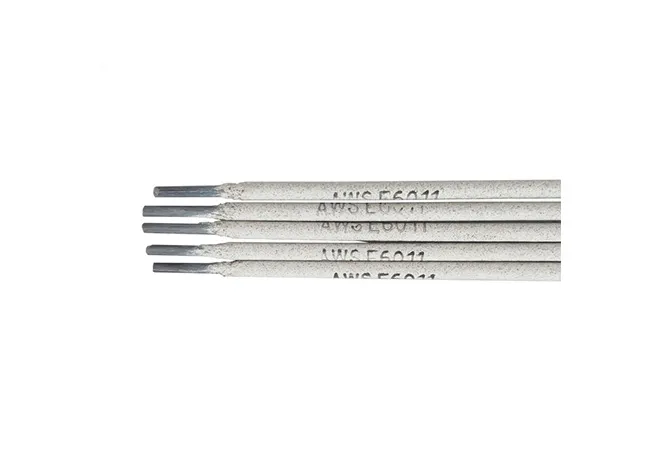
(welding rod list)
FAQS on welding rod list
Q: What is a welding rod list?
A: A welding rod list is a compilation of various types and specifications of welding rods available in the market. It typically includes details like rod types, sizes, and compatible materials. Such lists help welders choose the right rod for their projects.Q: Where can I find a welding rod price list?
A: Welding rod price lists are available from suppliers, hardware stores, and online retailers. These lists provide up-to-date prices for different welding rods and brands. You can also check manufacturers' official websites for the latest pricing.Q: How does a welding electrode price list differ from a welding rod price list?
A: The terms are often used interchangeably because welding rods and electrodes both refer to the filler material used in welding. However, some lists may separate electrodes used for specific welding processes. Always check the list details to ensure you are viewing the products you need.Q: What information is typically included in a welding rod list?
A: A standard welding rod list includes item numbers, sizes, types, and sometimes prices. It may also mention the recommended applications and compatible welding machines. This helps users make informed purchasing decisions.Q: Why should I compare welding rod price lists before buying?
A: Comparing price lists allows you to find the best deals and ensure you're not overpaying for welding supplies. Prices may vary by supplier, region, or quantity purchased. It helps you stick to your budget while getting quality materials.Related Products
Related Video
Related News


